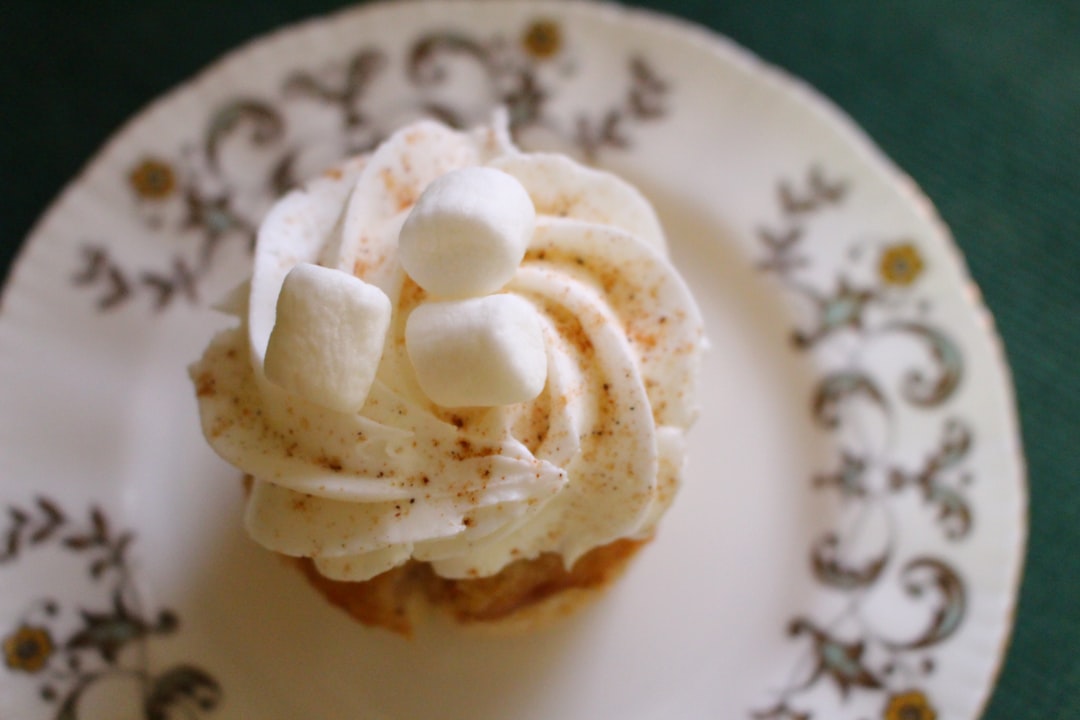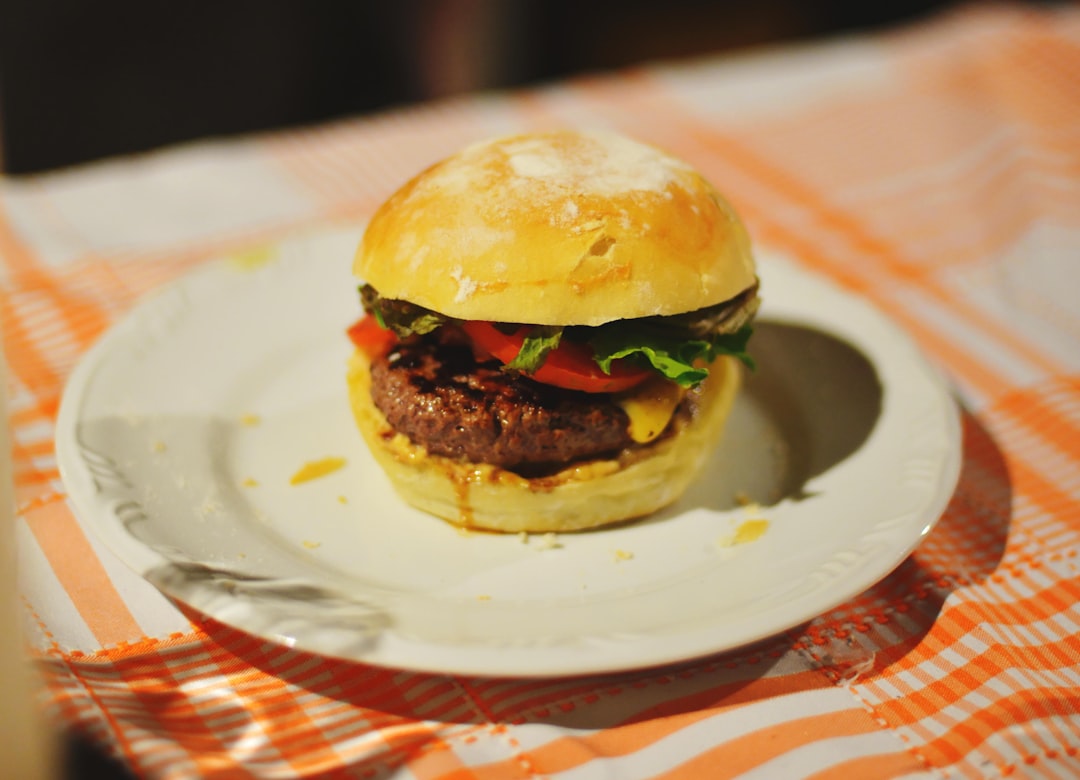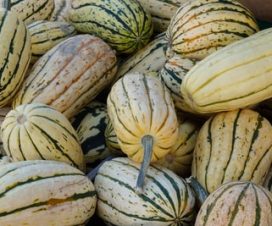The beer revolution in the United States is real, and it is beautiful. Naysayers can chalk it up to a fad. Traditionalists can scoff as they sip on their can of watered-down mash. Both, ultimately, are simply depriving themselves of what has become a ferocious revival of beer in America. Americans have long been mocked for their beer preferences, lacking in both substance and variety. So what did they do? In the truest of American fashion, they took the best styles of beer from the rest of the world and made them better. All I can say is, “Better Late Than Never”.
The traditional lager-style American beer was originally brewed out of necessity. As prohibition was being gradually repealed, a loophole created by the Volstead Act allowed for alcoholic beverages that were deemed to be non-intoxicating to be produced. This threshold, for whatever reason, was deemed to be 3.2% alcohol by weight, and thus came the creation of the modern day light lager. Shortly after the full repeal of prohibition, America entered World War II and the demand for beer skyrocketed. Given the circumstances, the beer would have to meet two criteria: It should be easily mass-produced, and constructed of cheap ingredients. Americans, being the creatures of habit that we all are, became accustomed to the beer and literally nothing changed for the next 40 years.

What is now referred to as craft beer actually has roots in the 1980’s in America. It’s popularity was limited to cult followings for the most part, with a few breweries breaking through with national availability. The growth remained slow going though, as the large American “macrobreweries” continued to dominate the marketplace. Regions on the West Coast and Denver became known amongst the beer community as the meccas for craft beer, but their visibility from a national perspective remained minimal. The last decade has seen an explosion in the number of and the popularity of craft breweries across the nation. According to the National Brewers Association, craft beer saw a 17.9% increase overall in 2013, though it still lays claim to only 8% of the total beer market. 2013 saw the opening of over 400 new breweries across the United States, and the smart money is on 2014 surpassing that number. Competition in America has always bread innovation, and the beer industry is no different. If you haven’t found a beer that appeals to your palate, you are simply not trying. Let’s take a closer look at some of the main styles, including a few of my personal favorites in each category.
The India Pale Ale.A beer created by British merchants with enough hops (and alcohol content) to survive the long journey to British-controlled India.
The signature bitter flavor of the English Style IPA persists in the American IPA, but with it comes the addition of hop varieties that produce citrus and very occasionally fruit notes. The American IPA traditionally has had a Citrus feel to it, but there are also plenty of IPAs with plenty of malt and maltiness.
The signature bitter flavor of the English Style IPA is evident in the American IPA, but with it comes the addition of hop varieties that produce citrus and very occasionally fruit notes. The American IPA traditionally has had a Citrus feel to it, but there are also plenty of IPA’s with plenty of malt and maltiness. The beer has a solid body, and the hues of the style are a bit different from those of the English style IPA. The American IPA’s have a tendency to be a bit more “hoppy” than the English brews.
The traditional English hop ales utilize pale malt and are brewed with a Novices and IPAs, but with a smoky draw. This style is very traditional and very strong. Mid bowl, the beer displays more fruity flavors rather than the intense bitterness of the American style IPA. The beer is complete-sized, and will display details of the country it was brewed in.
The American Pale Ale
The term “American” is not applied to this type of beer. The name comes from the fact that it doesn’t have excessive amounts of hops; it’s a lighter beer with plenty of malt and hop flavor. All the ingredients are familiar to a “pale ale” or “stout”. The beer should have a crisp taste, and the head should not be too shaggy or milky. The top of the beer should not smell medicinal or fishy.
Mid bowl, the beer should have a crisp taste, and the head should not be too shaggy or milky. The beer should be aromatic and should have a nice carbonation. The finish should be dry and the aftertaste should be pleasant.
Conclusion: When you consume beer, there is nothing more satisfying than a nice glass of beer with food.




